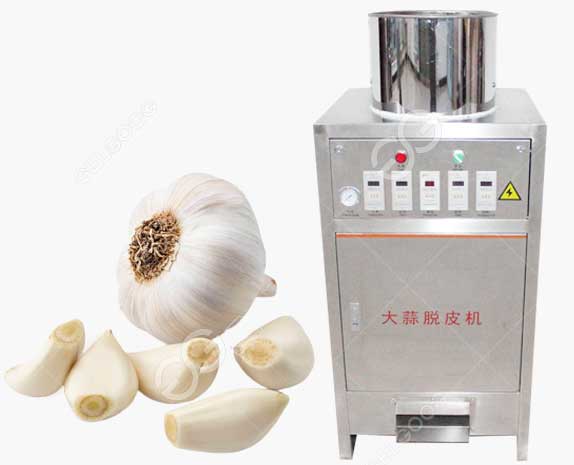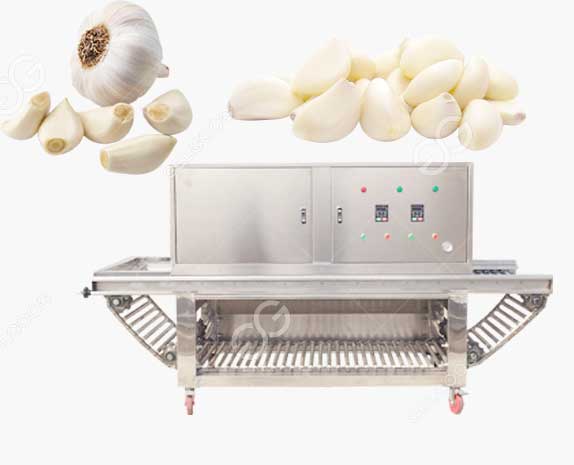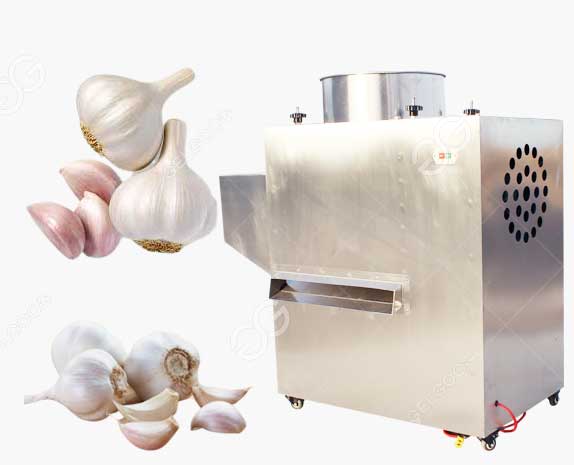Tobacco leaves, annual or limited perennial herb, Solanaceae. Plants are glandular hairy, stems 0.7-2 meters high. Petiole inconspicuous or winged. Inflorescences terminal. Calyx simple or tubular-bell-shaped, corolla funnel-shaped, terminal pink. Shade fruit, seeds round or broadly oblong, yellowish brown. Native to South America, it is cultivated all over the world. Tobacco leaves are the raw material for the tobacco industry.
Tobacco drying process
Tobacco leaf drying is a continuous process. For the convenience of process operation, the drying process is divided into three stages or periods according to the differences in the characteristics of tobacco leaves before and after the change process, as well as the different requirements for industrial conditions in the process of tobacco leaf change. .
(1) Yellowing period
Lower temperature, higher humidity, less ventilation and longer time should be taken. The main yellowing temperature of tobacco leaves should be controlled at 35°C-38°C, and the temperature difference between dry and wet bulbs should be kept at 2°C-3°C, so that the tobacco leaves can reach 70%-80% yellow and the leaves become soft. The complete yellowing temperature is controlled below 40°C~42°C, and the wet bulb temperature is maintained at 35°C~37°C, so that the tobacco leaves are basically completely yellow, fully withered and collapsed, and the main veins are softened to ensure that the tobacco leaves are fully transformed and more aromas are formed basic substance. Therefore, at 419°C~42°C, it is necessary to prolong the time appropriately, so that the tobacco leaves will reach yellowish veins with slight green veins, the leaves will fully wither and collapse, and the main veins will become soft.
(2) Color fixing period
Drains moisture from the leaves and speeds up the drying process. The quality that has appeared is fixed by a large amount of water removal restriction and finally stopping the change of leaf material. During the dehydration process, the part that has not yet turned yellow will turn yellow. Special attention should be paid to the formation of aroma-causing substances and browning reactions that have a significant impact on quality. In order to ensure the drying of tobacco leaves, sufficient yellowing and formation of aroma substances, higher temperature, lower humidity, greater ventilation and sufficient time should be adopted. In the color-fixing stage, the temperature should be raised at an appropriate speed according to the quality of the tobacco leaves, and the appropriate humidity should be controlled to ensure that the tobacco leaves turn yellow completely and the color can be fixed smoothly. At a dry bulb temperature of 46°C-48°C and a wet bulb temperature of 379°C-38°C, the tobacco leaves and tendons turn yellow to achieve yellow flakes and tendons. The dry bulb temperature is about 54°C and the wet bulb temperature is kept at 38°C-39°C. , Properly stretch the time to reach the large roll of tobacco leaves, which promotes the formation of more aroma substances.
(3) Dry gluten period
It is mainly the period to exclude the water in the main vein. The main vein has a compact structure, a large volume, a long distance for cell water transfer, and slow vaporization and removal. It is necessary to further increase the temperature and reduce the humidity to achieve the purpose of drying the gluten. However, the temperature during the gluten-drying period should not be too high, otherwise it will cause the volatilization loss or further transformation of the aroma-causing substances and reduce the quality. The highest temperature in the dry gluten stage should be controlled at 65°C-68°C, and the wet bulb temperature should be controlled at 40°C-43°C to improve the color and chroma of the tobacco leaves and reduce the volatilization and loss of tobacco leaf aroma substances.



